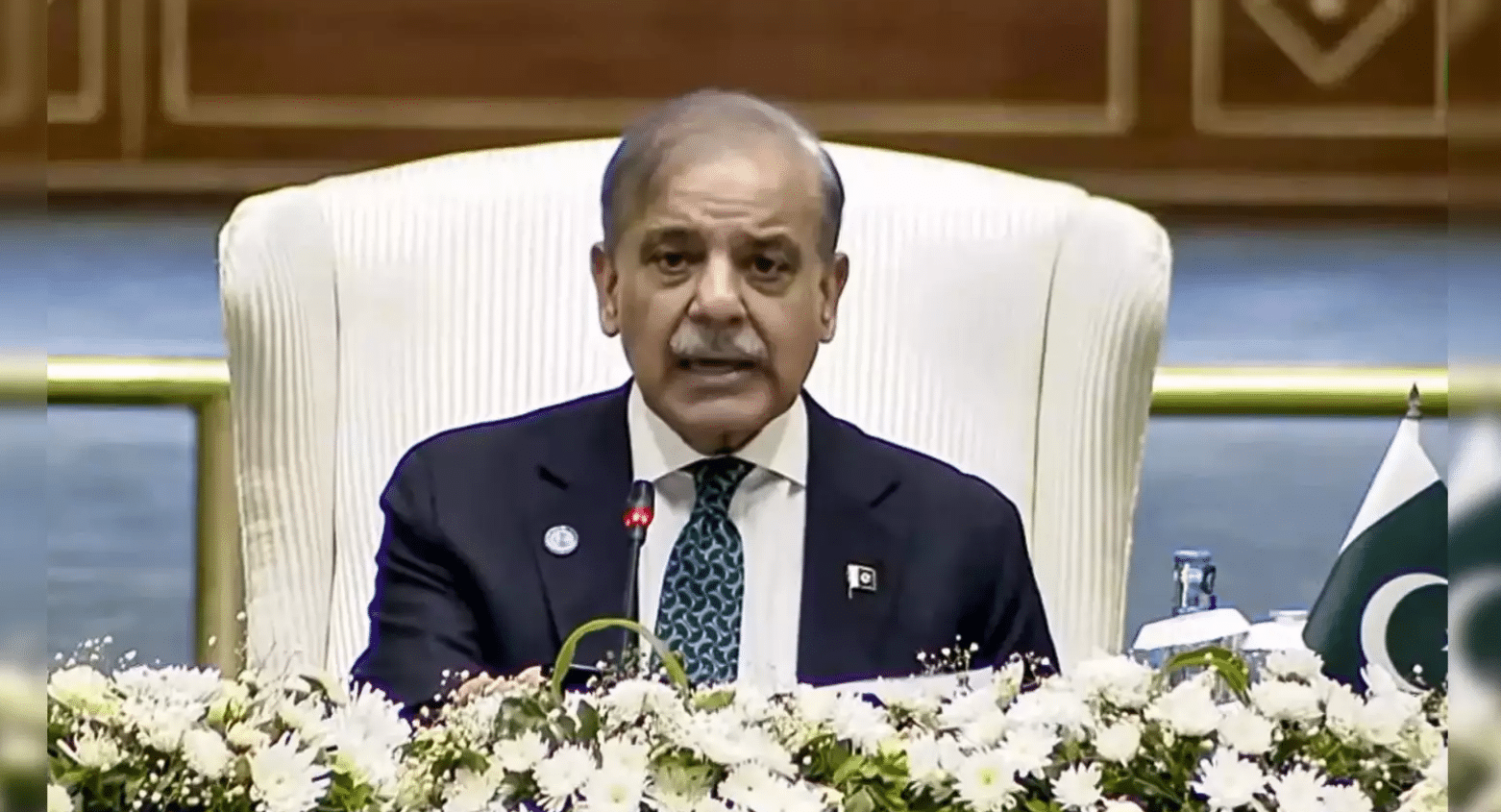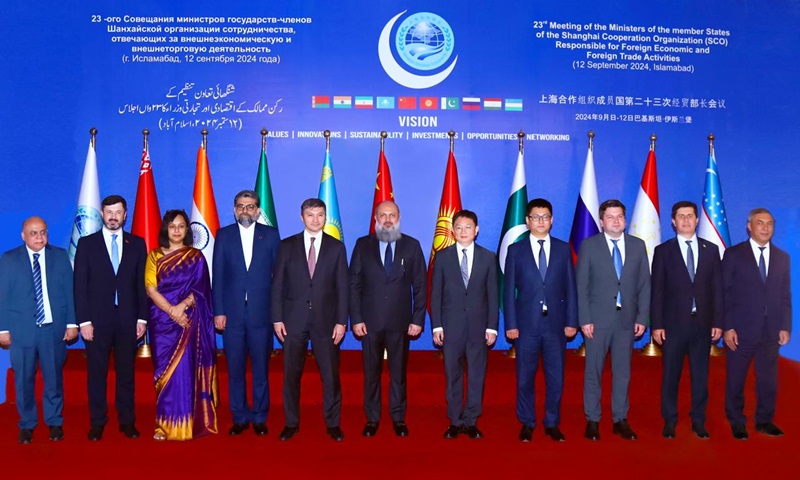The Pakistan-China Economic Corridor (CPEC) has been a significant driver of economic growth and infrastructure development in Pakistan. The latest development in this ambitious project is the signing of a memorandum of understanding (MOU) for the upgradation and realignment of the Thakot-Raikot section, a vital segment of the Karakoram Highway (KKH). This MOU signifies a significant step forward in the evolution of CPEC and Pakistan’s connectivity with China. In this article, we will explore the details of this transformative project and its implications for trade, travel, and development.
Understanding the Importance of Thakot-Raikot Section
The Thakot-Raikot section is not just any stretch of road; it’s a lifeline that connects Pakistan with China. This 240-kilometer route plays a pivotal role in the broader KKH and the CPEC infrastructure network. It serves as a vital link between Pakistan and China, facilitating trade, commerce, and cultural exchange. The current road is known for its sharp bends and limitations, making it less efficient for transportation. However, change is on the horizon.
A Brief History of the Karakoram Highway
Before delving into the current development, let’s take a moment to appreciate the history of the Karakoram Highway. This iconic road, spanning 1,300 kilometers, with 806 kilometers in Pakistan, was constructed over a span of 16 years, from 1962 to 1978. It’s a testament to the enduring friendship between Pakistan and China.
READ MORE: The U.S. Takes a Tougher Stance on AI Chip Exports to China
In 2005, the two countries embarked on an ambitious endeavor to upgrade this highway. Phase I of the Karakoram Highway upgradation, from Raikot to Khunjerab, was completed in November 2013. This marked a new era for the KKH, bringing substantial improvements, including tunnels, high-level bridges, stable slopes, and bypasses around congested towns.
The Launch of CPEC and its Impact on KKH
The launch of CPEC in 2013 was a game-changer for the Karakoram Highway. It introduced a new vision, with significant upgrades and enhancements, making the KKH align with international road standards. These changes ensured a safer and more comfortable journey through the breathtaking mountain landscapes from Mansehra to Thakot.
CPEC’s second phase saw the transformation of the E-35 section from Havelian to Thakot, spanning approximately 120 kilometers. This development introduced a motorway section that streamlined travel and symbolized the commitment of both nations to efficient transportation infrastructure.
The Upcoming Transformation
Now, the Thakot-Raikot section, a crucial part of the KKH, is set for a substantial transformation. State-of-the-art tunnels are on the horizon, promising to reduce travel time and enhance safety. This means that cargo transport will become more efficient and cost-effective.
The road classification is also set to improve from Class 4 to Class 2, indicating an upgrade in its quality and a higher permitted speed limit. This will lead to swifter and more efficient travel.
Implications for Trade and Development
The development of the Thakot-Raikot section holds immense potential to revolutionize cargo transport, making it more efficient and cost-effective. The improved road network will support heavier cargo loads, streamlining the transportation of goods with greater ease and efficiency. This will significantly benefit businesses and trade between Pakistan and China.
Conclusion
The signing of the MOU for the upgradation and realignment of the Thakot-Raikot section is a testament to the unwavering friendship between Pakistan and China. It opens up new horizons for travelers, cargo transporters, and economic development. This project is a significant step forward in the continued development of CPEC and Pakistan’s infrastructure, promising to foster economic growth, connectivity, and prosperity.




